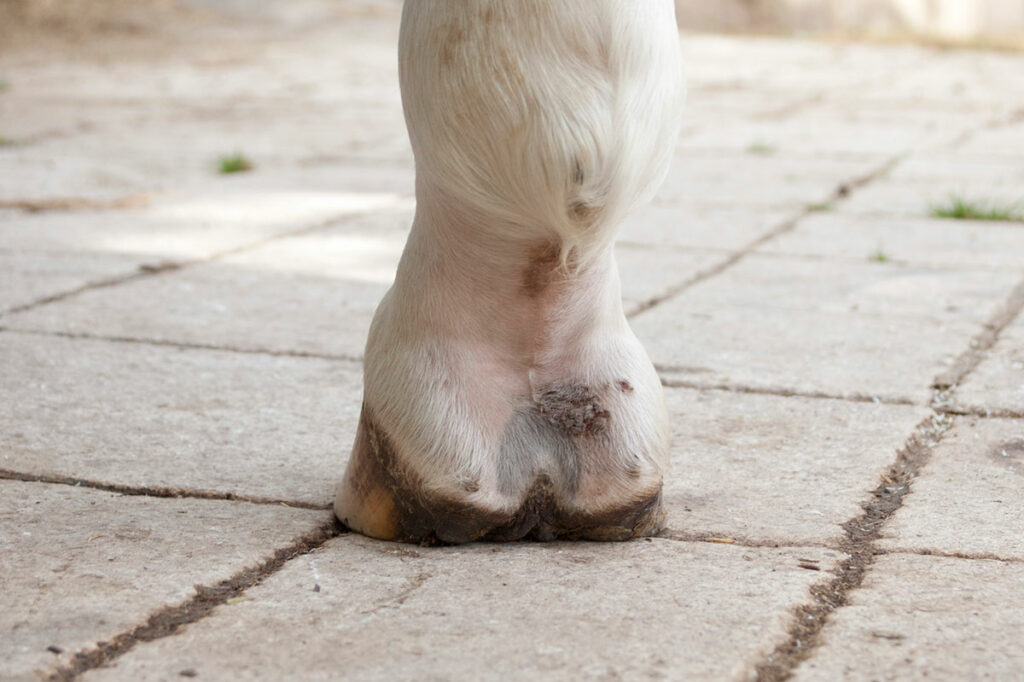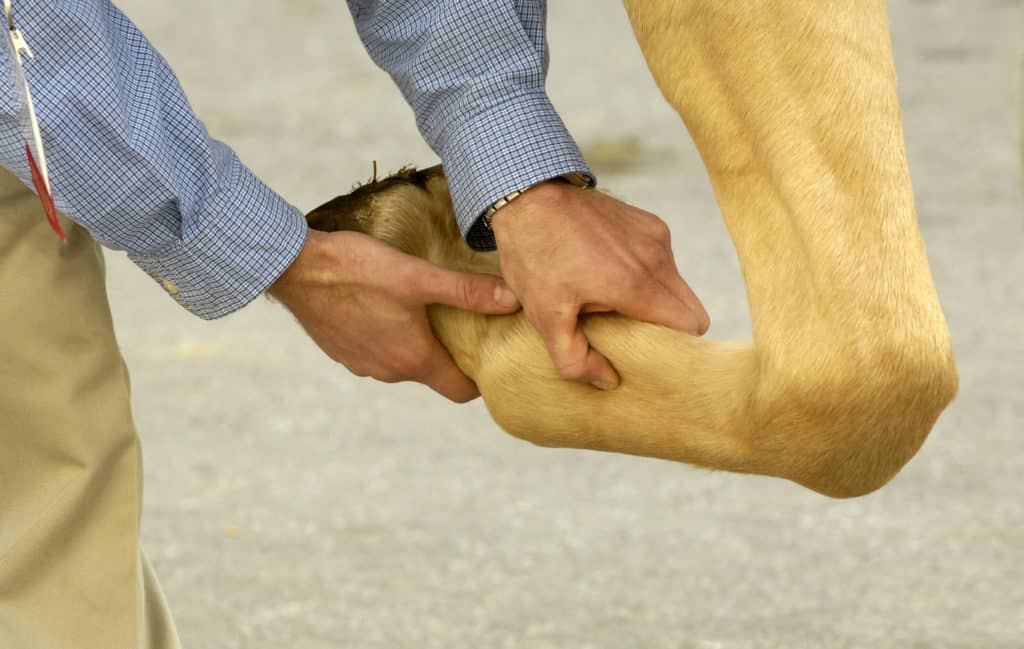
Exercise Affects Proximal Sesamoid Bone Pathology in Racehorses
Modifying training programs and monitoring lesion sites might help protect against PSB fractures in this population of horses.

Modifying training programs and monitoring lesion sites might help protect against PSB fractures in this population of horses.

Researchers found the choice of steroid used for sacroiliac joint injections predicted outcomes better than whether the horse underwent a preprocedure ultrasound.

Learn about the technique and timing of this mainstay in conservative management of equine leg injuries.

What impact do structural deviations really have on your horse’s soundness and performance? Here’s what you should know.

Researchers found individual horses can have such widely different vertebral columns, they don’t even have the same number of vertebrae.

Learn about 5 reasons for limb swelling in horses, from benign triggers to causes for major concern.

Researchers found areas with equine pastern dermatitis had less bacterial diversity and more Staphylococcaceae than healthy skin.

Scientists found that a professional’s light, steady, straight pull at a slightly downward angle relieved pain at several sites along the equine spine.

Find out when a half-pad will improve your horse’s comfort and when it might cause more harm than good.

The editors of The Horse: Your Guide To Equine Health Care have scoured our archives and gathered our top lower limb lameness content. Sponsored by Hallmarq Veterinary Imaging.

Italian researchers found higher-placed haynets significantly shorten horses’ back muscles and change their jaw angles as they eat.

Find out how to keep you, your prone-to-worry horse, and those around him safe.

Computed tomography (CT) and magnetic resonance imaging (MRI) are two diagnostic imaging methods veterinarians can use to capture images of structures within your horse’s body. Learn more in this visual guide!

Researchers investigated the degree to which boots and wraps impair convection cooling—potentially damaging tendon cells—during exercise.

What prevention steps can I take for my horse’s rear leg swelling after exercise?

Horses waking up from general anesthesia can injure themselves trying to stand. But those receiving epidural opioids beforehand generally make fewer efforts to stand and do so more calmly.
Stay on top of the most recent Horse Health news with
"*" indicates required fields